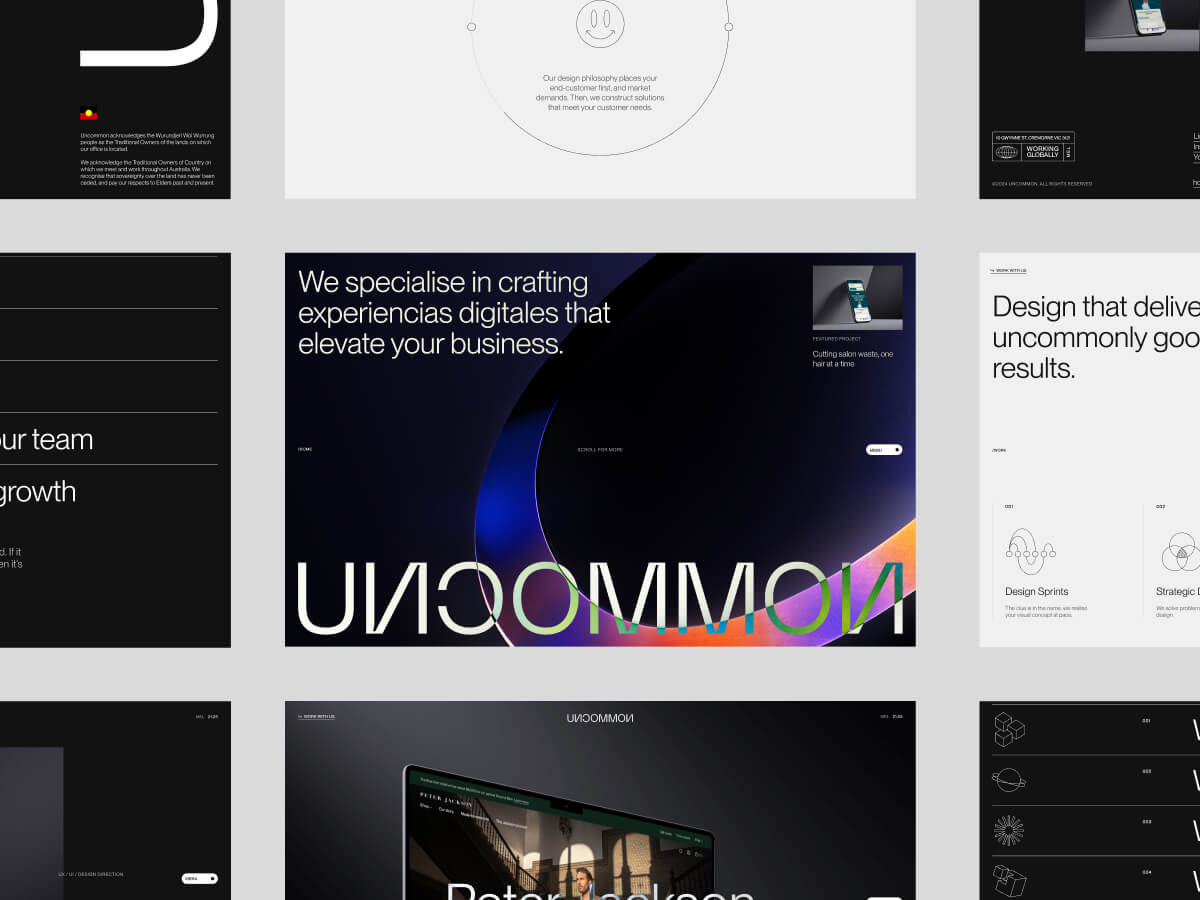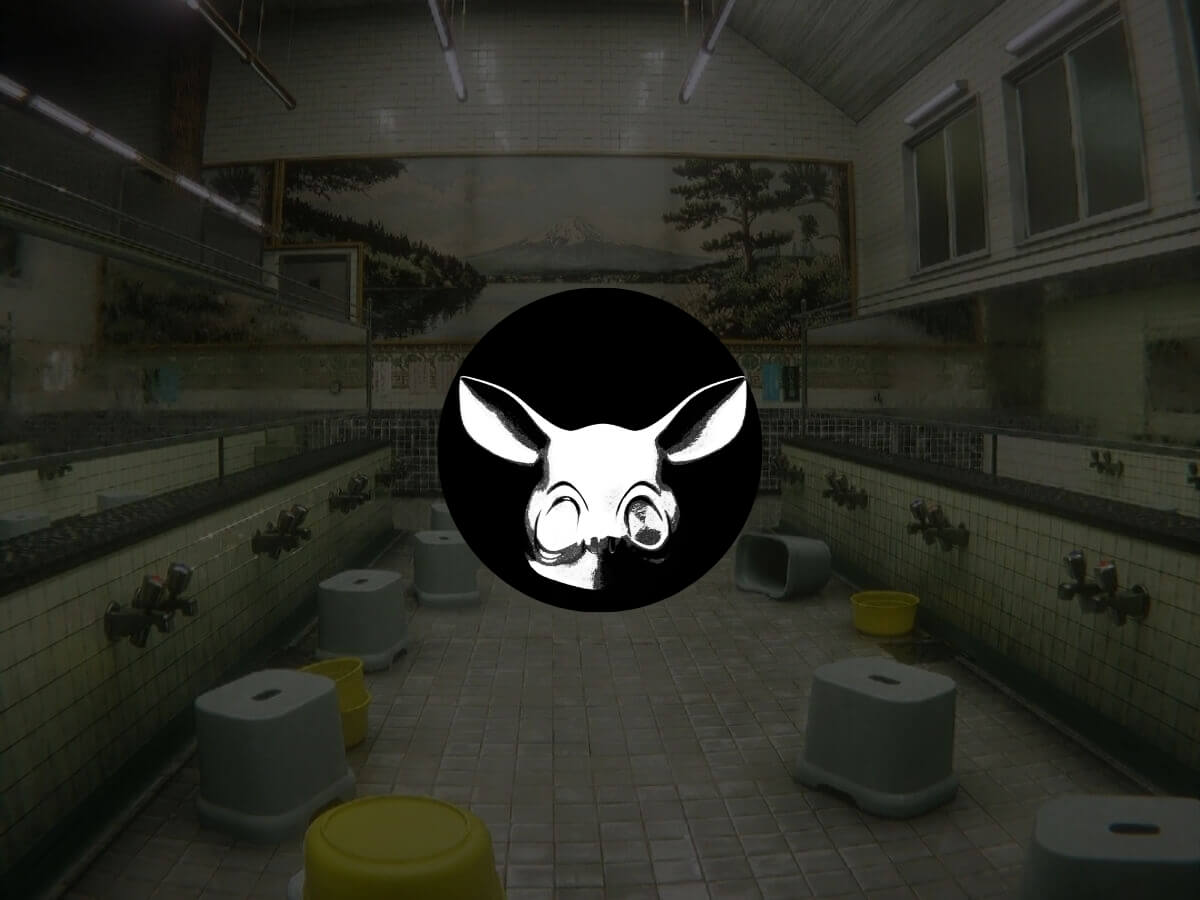
I’m Oliver Muñoz, the founder of Uncommon, a digital studio based in Melbourne. These days, I focus less on fine pixels myself and more on leading teams across time zones to do their best work.
After more than a decade freelancing, I decided I wanted to spend more time with my family and less in front of the computer. My first son was about to be born, and I knew I had to make a choice: keep designing every detail myself, or step into leadership and create more space to be present at home. That decision to delegate and trust others was the moment I gave creative leadership a real go.
This story is not about pixels, code, or prototypes; it is about what it takes to lead creatives across time zones and cultures toward a shared vision that wins awards.
Origins of leadership
I always wanted to lead by example, but during my agency years, the opportunity never quite came. It could be because I was freelancing, maybe it was my craft, or perhaps it was the fact that I was an immigrant. At times, I felt I had to work double to get half as far.
One pivotal moment came after contracting for a global agency for twelve months. The design director offered me a full-time role as a Senior Designer, but I only agreed on the condition that she would mentor me into a Design Lead role within six months. She could not commit, so I declined on the spot. That was when I realised leadership was not something I would be handed; I had to create the opportunity myself.

Building a global team
At Uncommon, I believe in bringing in the right experts for each project, no matter where they are in the world. The foundation is always the same: communication, collaboration and clarity. Those three pillars do not just apply to us internally; they extend to our clients and their teams as well.
We rely on all the usual communication tools, but with one rule: every project discussion must live in the dedicated Slack channel. That way time zones do not become bottlenecks; someone in Europe can wake up and skim through everything discussed in Australia the previous day without losing context.
The other challenge is culture. Many of my team members do not speak English as their first language (mine is Español/Spanish), so sometimes feedback can come across as blunt or even harsh when literally translated. Part of my job as a leader is to read between the lines and make sure nothing gets lost or misinterpreted in translation.
Creative sessions and collaboration
Every project begins with a strategy workshop with the client. Because of geography, not everyone can join live, so we document everything and share it back with the team. From there, each creative gets space to explore, research and design independently. A few days later, we regroup online, share progress and spark new ideas off each other’s work.
I encourage the team to seek inspiration outside the obvious. If we are designing a healthcare booking system, do not just look at other healthcare apps; look at how airlines handle complex flows, or how Airbnb structures information. Borrow what works and apply it in unexpected places.
Inevitably, different perspectives lead to different opinions. When we hit a deadlock, I return to the brief and the workshop findings to guide us. Often, it comes down to cultural context; the way something works in the U.S. is not necessarily right for Australia. Luckily, I tend to choose collaborators who are already a few steps ahead of the brief, so real deadlocks are rare.
The human side of leadership
Remote leadership means I cannot control the environment in which my team works. Distractions happen. Sometimes it is tempting to accept the first idea for a small component and move on. When that happens, I ask the team to park the safe option and keep searching for something more inventive. It is not always popular in the moment; people can get frustrated with me, but when the work earns recognition from peers or even industries outside our own, the team sees the value in going the extra mile.
I have also learned I do not need to have all the answers. Initially, I attempted to solve everything on my own. Now, when in doubt, I let the team debate and find their way forward. They are the experts. My job is to steer, not dictate. Sometimes the best leadership move is simply to pause, take a breath, and let go.



Leading for outcomes
Awards were never the goal. They are a pat on the back, not the finish line. At the end of the day, an award is just the result of votes from people you have probably never met. What matters more is that the work solved the client’s problem in a way that surprised them and us.
That said, awards do have a practical benefit. Clients discover us through those platforms, and it helps attract the kind of people who value craft. So while they are not everything, they have become part of our strategy for growth.
Style and values
I do not see myself as a director with a rigid script, but more as a coach who sets the stage for others to shine. Part of my job is to recognise strengths, knowing who will thrive on a marketing website versus who will excel in product design, and put people in the right role.
My non-negotiables are openness and empathy. I need to stay open to better ideas than my own, and I need to understand when life outside of work affects someone’s pace.
Humility, to me, means surrounding myself with people who are better than I am. If I am consistently producing more or better work than my team, then I have hired the wrong people. The best sign that I am doing my job well is being the worst designer in the room.
Looking back
Every project brings challenges, distance, culture, and deadlines, but the hardest moments are usually about trust. Trusting the team to explore without me hovering, trusting myself to step back and let them solve problems. The lesson I keep coming back to is that leadership is less about control and more about creating the conditions for trust to grow.
Inspiration and advice
Early in my career, after a failed internship, the Creative Director pulled me aside and said, “I have been to your country, eaten your food, talked to the locals. You need to embrace who you are and where you come from; that is how you will succeed.” That advice has stuck with me. Play to your strengths. Do not try to be something you are not.
For anyone leading a globally distributed team, my advice is simple: have cultural context. Your experiences are not the same as your team’s. Take time for casual, human conversations that are not about deadlines. Asking about someone’s cat or weekend can go further than you think.
Looking ahead, I hope leadership becomes more relaxed, more human. Less about the suit, more about the fun. We all need to remember why we started doing this in the first place.

Closing
This project proved to me that creativity does not live in a single city or time zone. It thrives when people from different backgrounds rally around a shared vision. Leadership, in this context, is about orchestrating that energy, not controlling it.
I am not here to sell a course or a product. But if you would like to follow along as I keep exploring what it means to lead and create in a global, digital-first world, you can find me on LinkedIn or Instagram. I share the wins, the lessons, and sometimes even the doubts, because that is all part of the journey.




